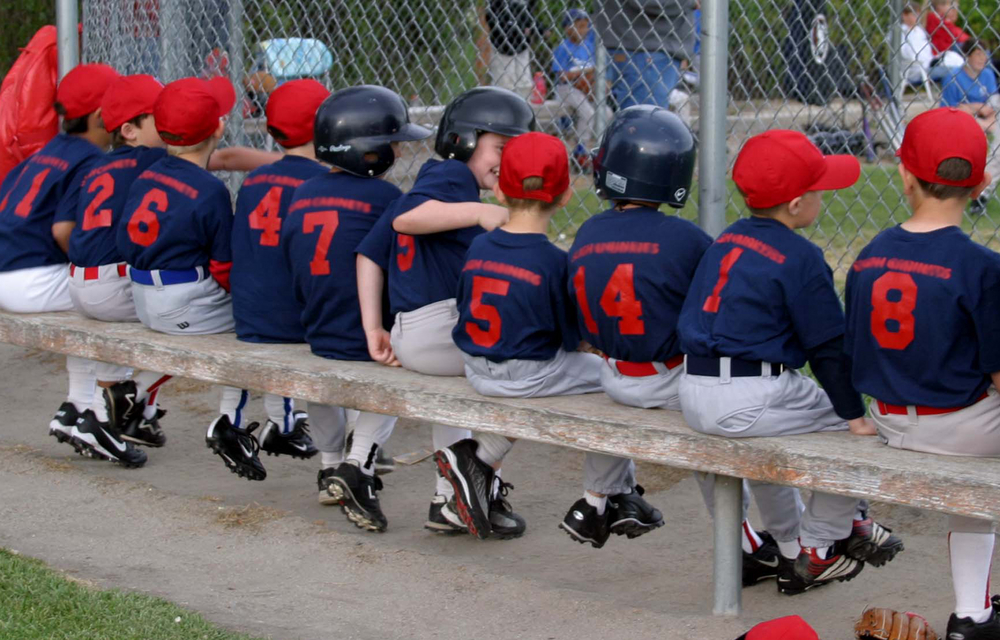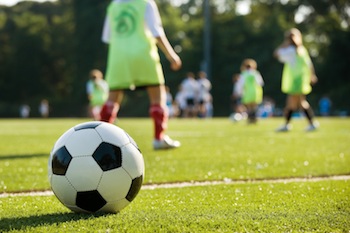The Secret Method To Improve Your Child’s Brain
By Dan Peterson, TeamSnap's Sports Science Expert
Imagine an activity that your kids could do after school every day that would improve their brain’s ability to make better decisions and solve problems. Online cognitive drills? Special tutors? Actually, researchers at the University of Illinois have found that just an hour of fun, active play not only gets kids in better shape but significantly improves their cognitive functioning.
Plenty of previous studies have shown the link between fitness and better academic performance in the classroom. However, it wasn’t clear if this was a cause-and-effect relationship or just that smarter kids stayed in shape. So, Charles Hillman Ph.D., kinesiology and community health professor at the University of Illinois, designed an ambitious project to test 221 students, aged 9 and 10, before and after a nine-month after-school exercise program.
In addition to standard fitness tests, the kids also underwent baseline brain imaging as well as tests of their executive functions, a collection of skills including working memory, reasoning, task flexibility, problem solving, planning and execution. Hillman divided the students into two groups: an active group that was invited to participate in a two-hour after-school exercise program and a control group that was placed on a wait list with no organized activity.
"Those in the exercise group received a structured intervention that was designed for the way kids like to move," said Hillman. "They performed short bouts of exercise interspersed with rest over a two-hour period."
That intervention was part of a health promotion project funded by the National Institutes of Health. Known as FITKids, the program combines both structured and unstructured play like soccer followed by a game of tag. Rest periods are mixed into the 2 hours, but the kids are still moving an average of 70 minutes per session. To track activity level, they wore heart rate monitors and pedometers.
"On average, kids' heart rates corresponded with a moderate-to-vigorous level of exercise intensity, and they averaged about 4,500 steps during the two-hour intervention," Hillman said.
As expected, over the course an entire school year, the fitness levels of the active group improved while the control group showed little change. "We saw about a six percent increase in fitness in children in the FITKids intervention group," Hillman said.
But the key payoff for this study was the observed changes in cognitive ability over nine months. While the control group improved slightly, as normal growth over a school year would explain, the active group demonstrated a big jump. Specifically, their “attentional inhibition”, the ability to focus on tasks in the presence of distractions, and their “cognitive flexibility” to switch between different tasks quickly.
"Kids in the intervention group improved two-fold compared to the wait-list kids in terms of their accuracy on cognitive tasks," said Hillman. "And we found widespread changes in brain function, which relate to the allocation of attention during cognitive tasks and cognitive processing speed. These changes were significantly greater than those exhibited by the wait-list kids. Interestingly, the improvements observed in the FITKids intervention were correlated with their attendance rate, such that greater attendance was related to greater change in brain function and cognitive performance.”
The research has been published in the journal Pediatrics.
So that’s it. Kids were born to move, engage, play, and, most importantly, be kids. Getting them off the couch and outside after school may be the best way to improve their brain.
"The fact is that kids are social beings; they perform physical activity in a social environment," said Hillman. "A big reason why kids participate in a structured sports environment is because they find it fun and they make new friends. And this intervention was designed to meet those needs as well."
NEW! Free Sports Organization Resources
All of TeamSnap's ebooks, articles, and stories in one place. Access Now
Similar Articles:

Youth Sports Improves Self-Regulation In Kids
By Dan Peterson, TeamSnap's Sports Science Expert …
Read More

Single Sport Specialization Not Recommended By Physicians
By Dan Peterson, TeamSnap's Sports Science Expert. The…
Read More

Making Muscles Burn More Calories Could Help Overweight Kids
One of the challenges that overweight kids face is that…
Read More
